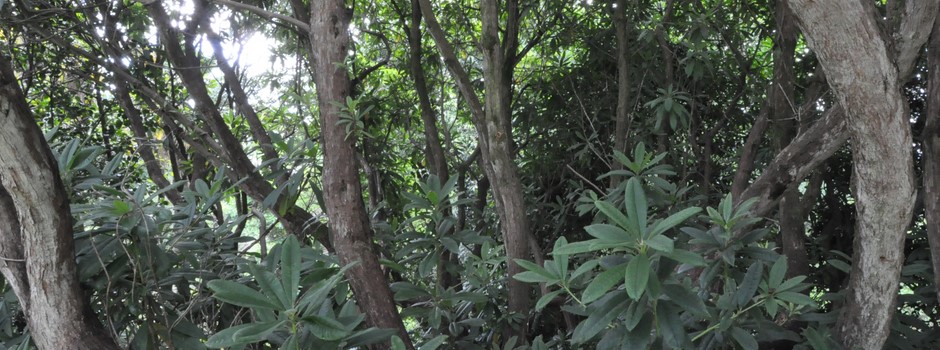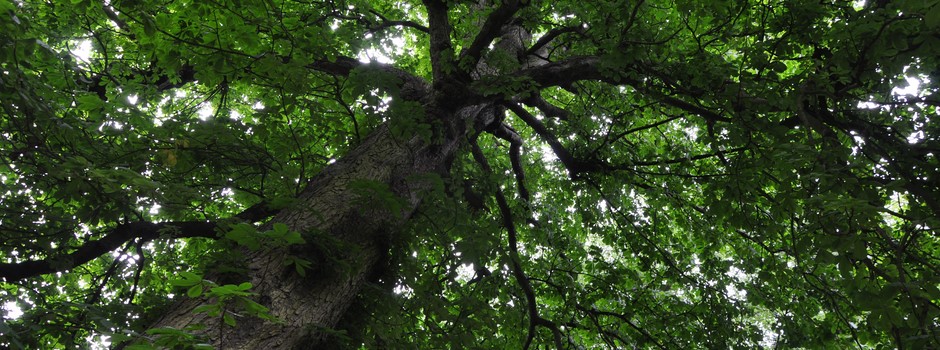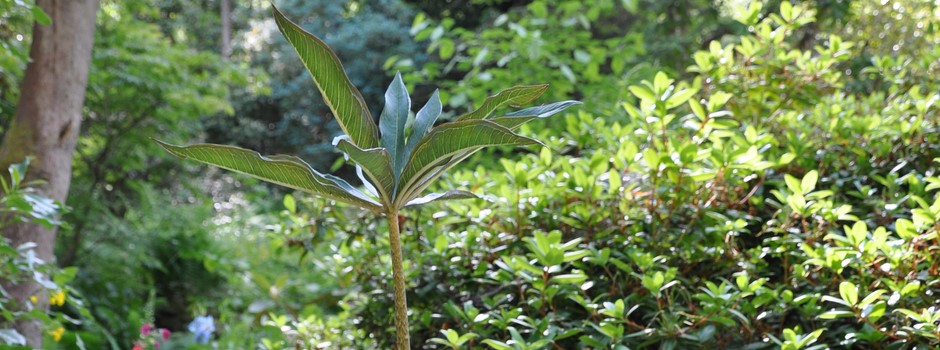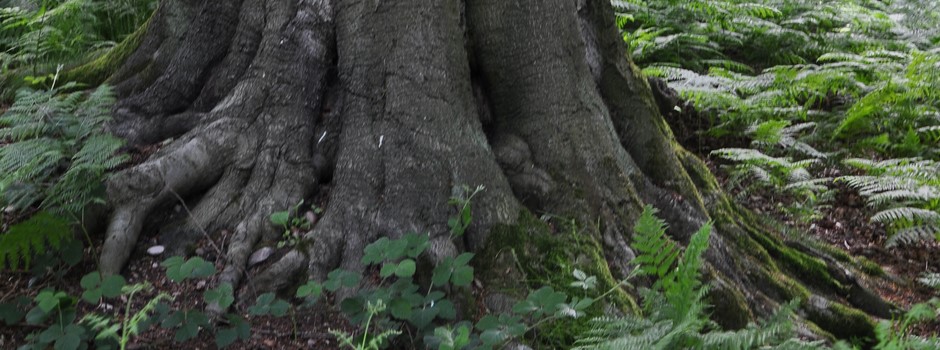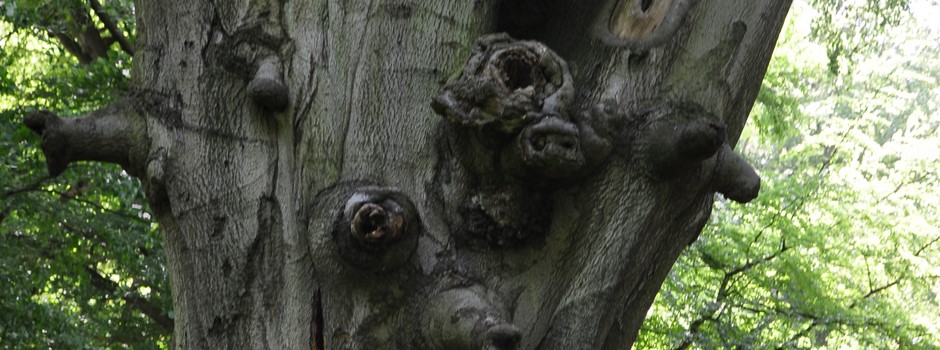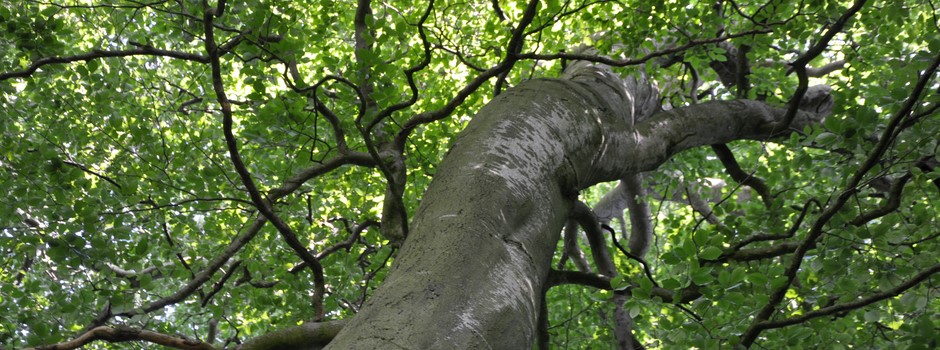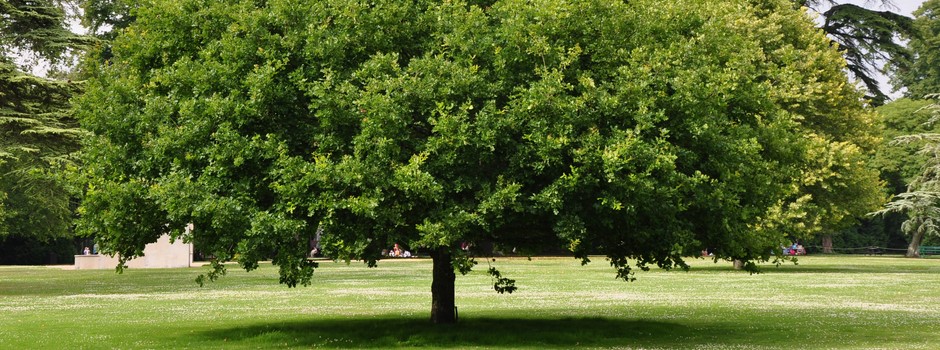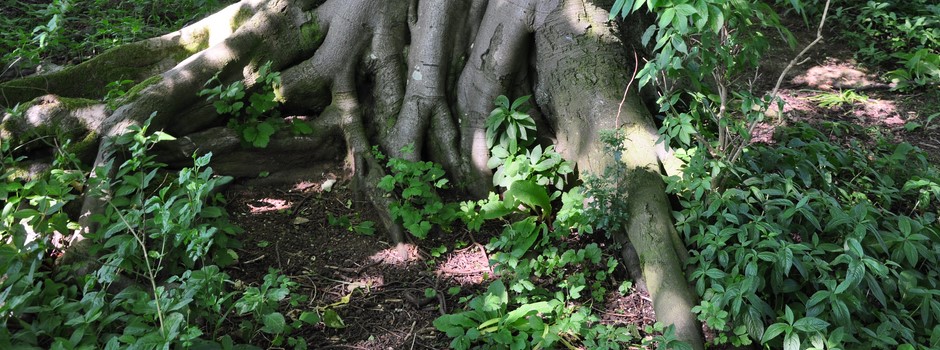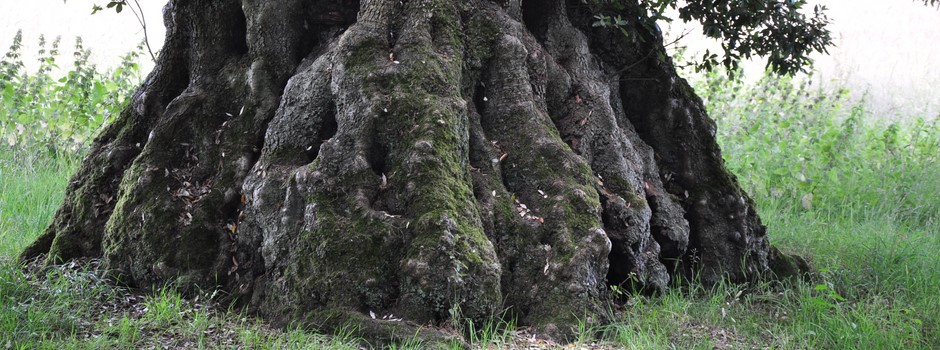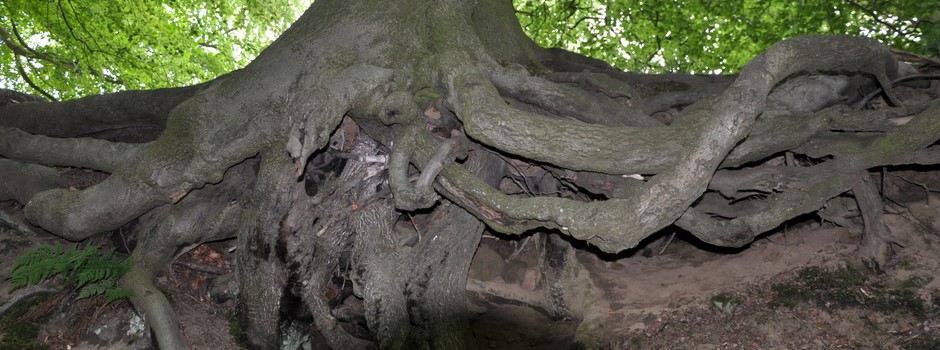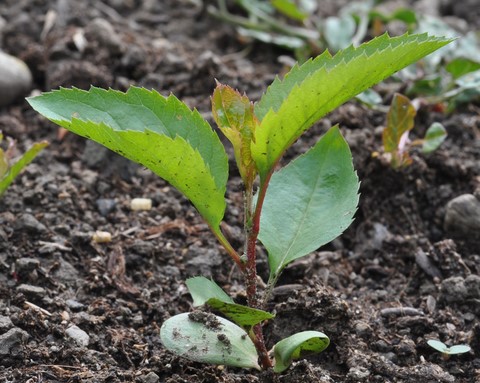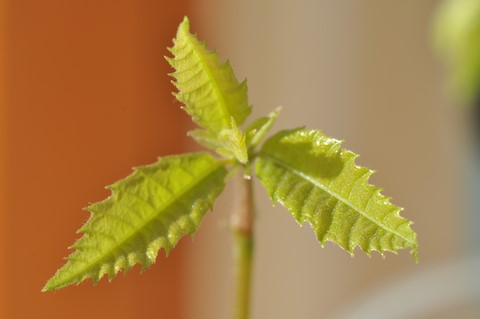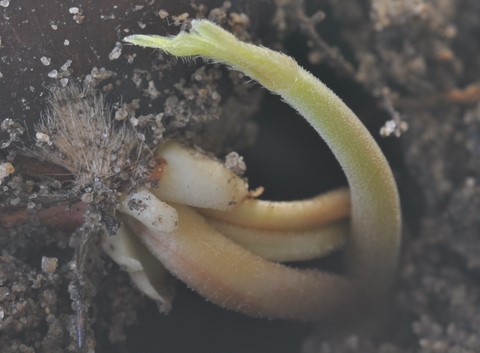Plant a tree
Introduction
Man plants trees for different reasons like economic, social, ecological, symbolic, etc.
There are different methods, for example, a farmer who plant trees for 10 or 25 years will not use the same method for the plantation. A city, which wants have adult trees right away, will plant trees of 5 meters high knowing they will live about 30 years (average).
But in a park, trees are planted for centuries, therefore young trees will be planted.
Before to plant, it is necessary to plan precisely which trees would be planted.
CompoVerde advises to plant very young trees in order they can settle in the site in optimal way.
Well planted a tree can resist strong wind.
Well planted, a tree can resist extreme climatic events.
How plant a tree: watch the video
This video explain the main steps to plant a tree.
The constraints could be very different by local area.
The basics are :
- Plant young, healty and sturdy trees.
- Add some compost to bring usful micro-organisms by the time you plant
- Fix correctly the plant in soil.
- Cover ground around the tree with matter such as mulch
- Protect plant against herbivores
- Water appropriately trees
Why plant a young tree rather a adult tree ?
If the project is to plant a tree for age, it's better to plant a very young tree (2-3 years) in maximum.
Of course, planting out small trees does have its problems, the main one being that it is all too easy to lose trees amongst the surrounding growth.
It's necessary to wait several year before to have adult well-proportioned according to the species.
But you have many more advantage...
The tree will be more vigorous and more resistant in adult age. Moreover the roots can settle better in the site and in the soil, but tood with mycorrhizal fungi, symbiosis which allow a better growth than fertilizers and a better resistance.
How to plan his plantation project
Before to start the plantation, it is necessary to make clear the objectives of the plantation, the surface that each tree will occupy in maturity, etc.
Choice of species and of the varieties is very important.
It's imperative to plant a healty tree with vigourous roots and with a straight extremity of pivot-root
Moreover buds and branches have to be green.
Eventually a good nurseryman is able to provide you this quality of seedlings.
How to plant a tree
- We make sure that we apply a good weed-excluding mulch in a circle about a metre wide around the tree.
- Next we plant tree in making a mix of two thirds of soil and one third of compost.
- We pack slightly at three places around roots so as to fix the plant in soil.
- We water copiously plant (All days while first week if necessary).
- We lay cardboards on the ground on circle around the seedling and covered in organic matter such as shredded bark (4 cm thick).
- The other thing we usually do is to place a plastic bottle over the young plant. The best is to take a 2 litre mineral water bottle, to cut the bottom and top of the bottle to make a tube and then push it lightly into the soil around the tree.The bottle will mark the tree and also give it just a little bit of protection from elements.
Plants feel farred light from other plants, what it can stop or decrease their growth. It's why dense vegetation has to be removed around young plants.
Concerning ground around the plant, it's important to leave some mulch to protect soil and to improve infiltration (of water).
Concerning compost, it is important to check soil contains enough humus to retain water and get useful micro-organism.
If not, it's important to put some mature and fresh compost when you are planting.
The best is to have wormscompost, in order to add living micro-organism, which protect the seedlings against pathogenic orgranism (nematods, etc ).
Compost has to be mature in order to avoid lack of nitrogen. If you are not sure, it is better to spread it on the ground. The worms will integrate it into soil.
Concerning fertilizers, it is better to put them in small amount with a retarding effect in a poor soil.
But fertilizers can stop the mycorrhizal symbiosis and finally decrease the growth of your crop.
Concerning watering, it is better to water weekly but fully as daily.
Anyway a superficial irrigation will get a roots system in surface, more fragile.
Concerning stakking, it is not advisable to stake a young tree, because wind allows to fortify roots and trunk. It is really necessary, use a cane of 50 cm length in maximum. The young tree need to receive stimulus of wind.
Plant as a network, plant under the wind, the trees and the climatic changes
Plant as a network
It is possible to plant three young trees of same species in triangle with or without shafts. Trees will grow, their roots will make a network of roots and be more efficient to explore soil around.
Next it is possible to cut two trees and to keep the third, which will benefit by the whole roots system (of three trees) in this case.
Plant under wind
Wind serves a very important function for the young tree. Stimulus of being swayed by wind will actually encourage trees to develop stronger trunk and firmer root system
Trees that are given support of strakes or protection of a tube are much more likely to blow down in later years.
In general we have found that it pays to give young tree a fairly hard time of it- not hard enough to damage it, but certainly hard enough to ensure that you are growing a tough tree that will be with you for many years to come. Such a tree will grow more slowly in its very early years but will more than catch up later.
Trees and climatic changes
Due to the climate changes, the extreme events will become more frequent, more storms and more heatwaves.
The trees planted young and with a optimal method can resist better to the extreme events.
